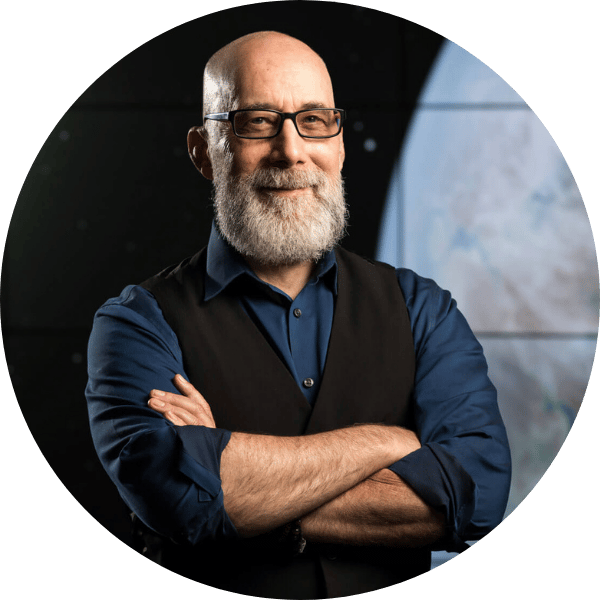I swear I don’t plan on making every post in this newsletter about aliens but something really interesting happened a few days ago.
Two scientific papers appeared, both claiming to show evidence for “Non-Terrestrial Artifacts” in astronomical photographs taken in the 1950s. In other words, these papers say there’s data showing something in space above Earth long before we put anything up there.
So, what are you or I to make of these papers and their claims? I mean, if they are true then… holy crap!
I am just beginning to digest the papers, so today I want to talk about what’s initially most interesting.
For me the best part about both studies is that, finally, there’s something associated with UFOs that science can work with. As an astrophysicist who studies life in the Universe, I’ve approached UFOs with deep skepticism. The “data” has, simply put, always sucked. Nothing but blobby photographs even in an era of high-resolution cameras and personal testimony even though eye-witness accounts are the worst form of evidence. There was never any hard, publicly available data that a scientist like me could use to begin a serious scientific study.
These new studies, however, are something different. Led by a trained astronomer named Beatriz Villarroel who created the VASCO project (Vanishing and Appearing Sources during a Century of Observations) these are peer-reviewed papers in high quality scientific journals. Peer review is important because it’s a process by which a scientific paper gets critically reviewed by at least one other scientist. The reviewer’s job is to do their best to ensure the paper rises to scientific standards. I’ve rejected more than one paper in my time because I thought the work was sloppy, confused or just not significant.
The choice of a high-quality scientific journal is also important. Sadly, these days there are some pretty crappy journals out there that will basically publish almost anything. But every scientist knows the handful of trustworthy journals that matter for their field.
These two papers made it through that all important starting point: peer-reviewed and published in reputable journals. What now? Well, now the fun really begins.
Getting your paper published in a peer-reviewed quality journal does not make it right. I know this for a fact because I have published a few myself that later turned out to be wrong. There’s no shame in that. It’s how science works. Everyone should expect, therefore, that these UFO papers will be subject to intense scrutiny. That’s also good. As Carl Sagan famously said, “Extraordinary claims require extraordinary proof”. These papers make an extraordinary claim: non-terrestrial artifacts were circling Earth in the 1950s before the space age. The job for other scientists now is to try and tear the claim apart.
That’s not mean or biased. It is, once again, just how science works. It’s our job as researchers to be really mean to each other. Not on a personal level but in terms of the claims we make about the world. If our goal is not to fool ourselves then we must be relentless in picking apart each other’s results. It's the only way we can know if they’re right.
In terms of the VASCO papers, other scientists will want to know if the team treated the old astronomical photographs in the right manner. Can observations made 75 years ago really support such pro-UFO conclusions? And what about the statistical analysis? It’s very easy, even for experts, to get convinced that something is showing up in data that’s meaningful when really it’s just an artifact (pun intended) of the way the analysis was set up.
The main message for today is simple. Game on. Ultimately science is like the Blues. It’s a call and response. The guitar plays a riff, the harmonica answers, the guitar answers the answer. Because the claims made in the VASCO papers are so extraordinary, you should expect to see a back and forth between critics and opponents. If the criticisms are valid then these claims of 1950s UFOs will fade into the dustbin of history. If the claims can really stand up to the criticism, then… like I said… holy crap.
One last note. Good science takes time, so stay tuned but be patient.
PS. So what do you think is going to happen? Leave a comment on the website version of the post or email me at [email protected]

— Adam Frank 🚀


